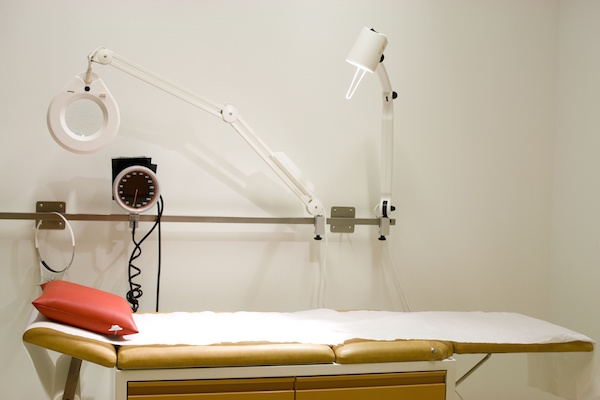
WEDNESDAY, March 30 (HealthDay News) — High-quality nursing homes get sued almost as often as low-quality nursing homes, a new study shows.
Researchers say the finding illustrates that litigation, or the threat of litigation, doesn’t lead to improvements in patient care. Nor does it appear that better nursing homes are rewarded for superior care in terms of fewer lawsuits.
“Nursing homes that are at the very top of the heap in terms of quality don’t experience that much less litigation than nursing homes that are at the bottom of the heap,” said lead study author David Studdert, a law professor at the University of Melbourne in Australia. “It’s not clear that by improving your quality dramatically you will lessen your risk of being sued.”
That’s a problem, said study co-author David Stevenson, an associate professor of health care policy at Harvard Medical School, because one objective of litigation, other than compensating victims of medical malpractice, is encouraging high-quality care.
In other words, if a nursing home is good, it ought to face less of a threat of lawsuits than one that’s sub-standard. But the research didn’t bear that out.
“The results are sobering,” Stevenson said. “One of the fundamental things that the risk of a malpractice claim is supposed to spur is deterring poor quality care. What we found was that the return on being a high-quality facility relative to a low-quality facility isn’t great.”
The study is published in the March 31 issue of the New England Journal of Medicine.
Five large U.S. nursing home chains provided the researchers with information on lawsuits brought against them between 1998 and 2006. Researchers looked at the alleged reason for the suit and the outcome, not whether the lawsuits had merit or not.
During that period, plaintiffs filed 4,716 claims against 1,465 nursing homes. On average, each nursing home was sued once every two years.
The most common harms alleged were fall-related injuries (27 percent) and pressure ulcers or bedsores (16 percent). Other claims were for dehydration, malnutrition and excessive weight loss, physical or verbal abuse and medication errors.
Sixty-one percent of the claims resulted in a payment, which averaged nearly $200,000.
Researchers then analyzed the likelihood of a nursing home being sued based on 10 measures of quality gleaned from two national databases, including one that tracks the health of nursing home residents on a monthly basis.
Nursing homes that did the best on quality measures were only a little less likely to be sued. In any given year, nursing homes with the best records (the top 10 percent) had a 40 percent risk of being sued, while the worst 10 percent of nursing homes had a 47 percent chance of being sued.
Nursing homes that had the most nurse’s aide hours per resident-day — a measure of how well staffed a nursing home is — were also slightly less likely to get sued, but again, not by much — 45 percent compared to 41 percent annually for those with the lowest staffing levels.
One measure for which there was a significant difference in the likelihood of lawsuits was pressure ulcers or bedsores. Nursing homes with the lowest pressure ulcer rates had a 6 percent chance of being sued in a given year because of bedsore-related complaints compared to 11 percent for the worst-performing nursing homes.
Overall, for half of the 10 measures of quality, top nursing homes were slightly less likely to be sued than the worst nursing homes, but for five of the measures there was no significant connection.
Concluding that lawsuits have little effect on quality of care, the authors say that other long-term efforts, such as public reporting of nursing home conditions and performance-based reimbursement schedules, may be needed to encourage improvements.
The authors said their study doesn’t specifically address tort reform, and their research shows that even in regions where there is less litigation — one of the aims of tort reform — there is no strong connection between a high-quality versus a low-quality nursing home’s likelihood of being sued.
“The tort system is not working well in terms of deterrence, and it’s not looking like you can fix that by any tweak to the system,” Studdert said. “It looks fundamental.”
But industry representatives said the study underscores the need for medical liability reform.
“The report’s findings that a facility’s quality of care does not affect the frequency of litigation demonstrates that comprehensive tort reform is essential,” said Teresa Cagnolatti, director of government relations for the American Health Care Association, a Washington, D.C-based nursing home industry group.
“These legal distractions demoralize providers and employees, threaten staffing ratios and most importantly diminish resources from facilities providing good quality of care,” Cagnolatti said.
Stevenson said the lawsuits likely added to the cost of housing the frail and elderly, although the study did not determine how much.
And although the study was in nursing homes, “it’s very reasonable to assume there is a similar situation happening in the acute care sector, with hospitals and doctors,” Studdert said.
More information
Medicare.gov has more on nursing home quality.

